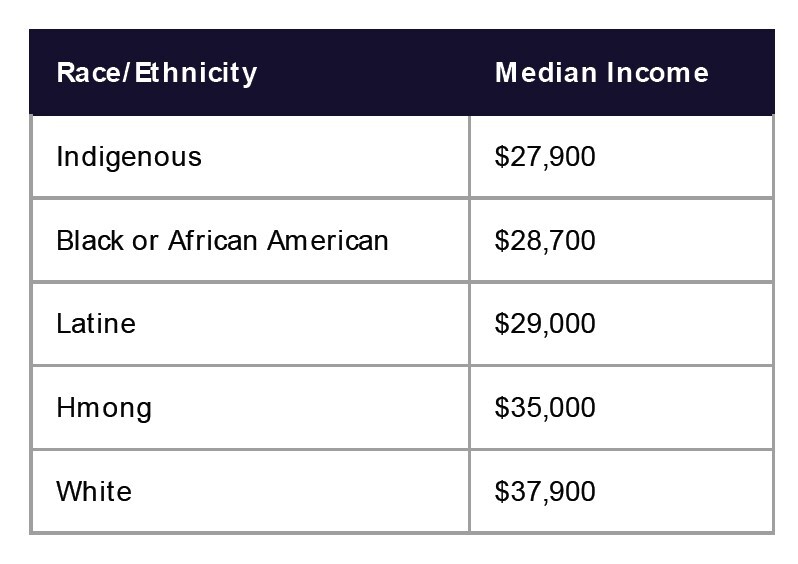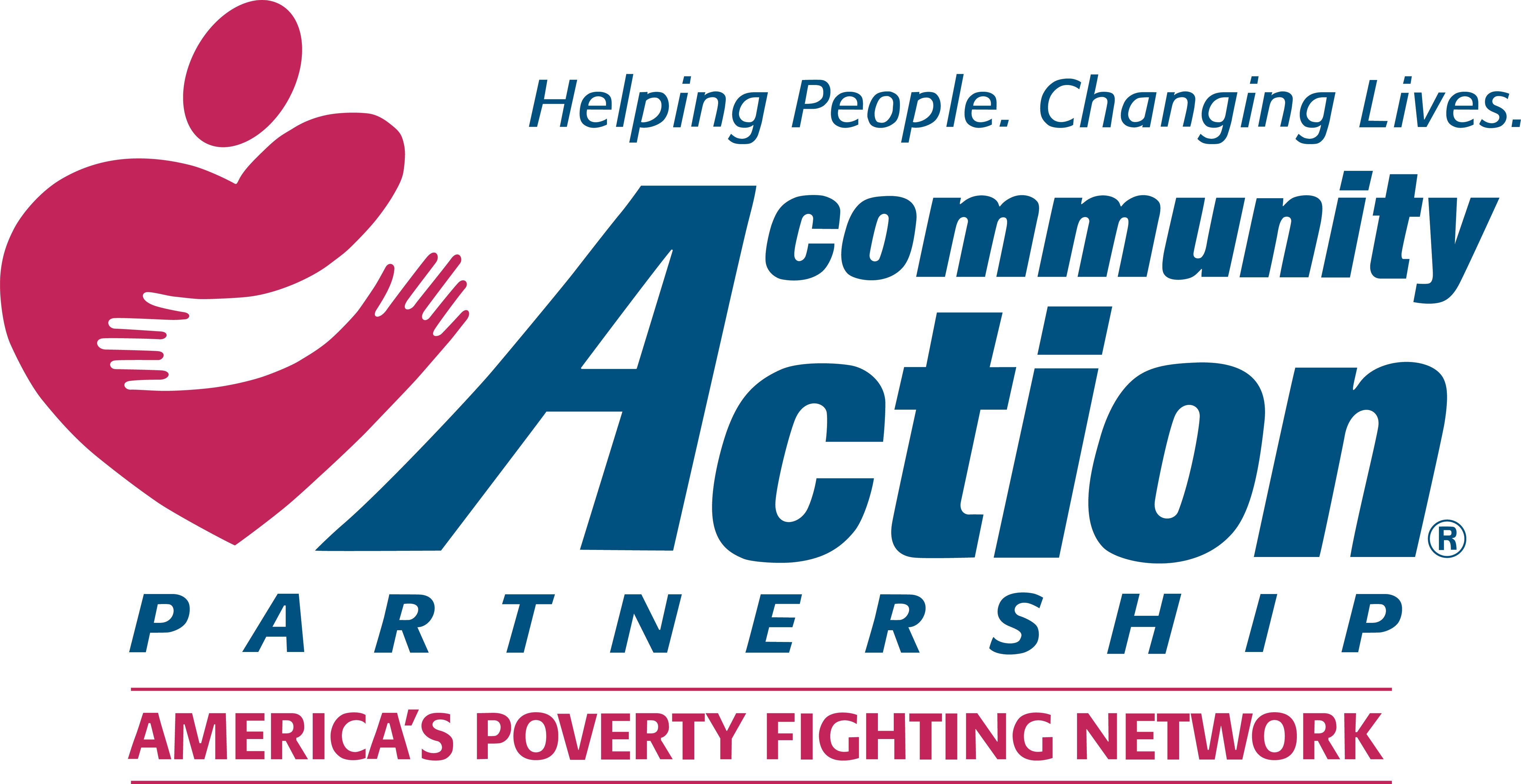
FORT SNELLING
Fort Snelling and Minnesota were established in the 1820s at the expense of Indigenous and Black bodies and labor. Land was acquired from Indigenous people through violent force or strategic acquisition. Settler colonialism rendered resources scarce—there was little opportunity to be self- sufficient. Some land was sold for money for resources to survive.
Enslaved Black people were used for labor during the establishment of Fort Snelling. Some officers utilized the labor of enslaved Black folks at the post of the fur trade and household chores. Other officers “borrowed” the use of enslaved people from those slave owners.
DISCRIMINATION AGAINST IMMIGRANT WORKERS
During the 1800s, immigrants, especially immigrants of color, were often working class, building the backbone of the U.S. economy. 1884 marked the shipment of iron ore from the Vermilion Range to the port of Duluth, Minnesota, and these mines were mainly worked by immigrants. Immigrant workers were often discriminated against, paid less, and subjected to physical or verbal abuse. A census on women workers on the Iron Range revealed that American-born workers averaged 25 cents per hour for 56 hours per week, while immigrant women averaged 13 cents per hour for 67 hours per week. Women who worked in boarding houses averaged only 10 cents per hour for 100 hours per week, excluding general domestic labor, which was expected to be done by women.
DISPARITIES IN COMPENSATION
Disparities in compensation in Minnesota are higher than the national average. The median earnings for White workers are 1.7x those of their Black and Latine counterparts in Minnesota, compared national multiples of 1.4x and 1.5x for Black and Latine workers across the U.S.

Sources: Slavery in Minnesota, Enslaved African American and the Fight for Freedom, MN Labor Timeline, Immigration to the United States, 1851-1900, Minnesotanos: Latino Journeys in Minnesota, American Community Survey 5-Year Public Use Microdata Sample (2014–2018) and authors’ calculations, “People of color face systemic disparities in Minnesota’s labor market,” Federal Reserve Bank of Minneapolis








